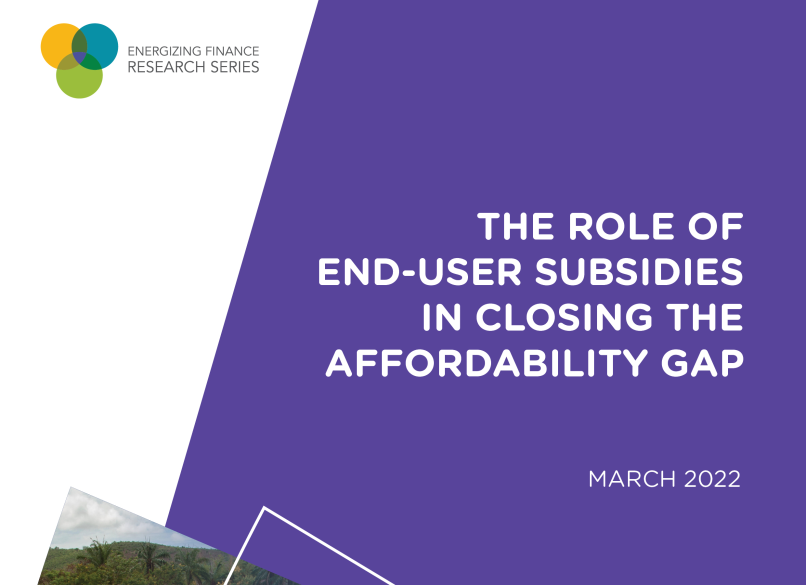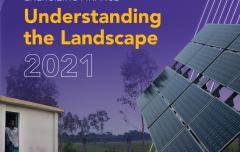The Role of End-User Subsidies in Closing the Affordability Gap
Designing effective, efficient and supportive end-user subsidy programmes is a complicated process that relies on significant data and information, including an accurate understanding of the affordability gap in the targeted country or region. This brief builds on the existing literature regarding the development and implementation of end-user subsidies for SHSs. Its purpose is to: a) survey efforts to develop and advance a methodology to assess the affordability gap and the implied level of end-user subsidy required by the market, b) utilize case studies to map key attributes of subsidy design and demonstrate what these attributes look like in practice, and c) identify key data points required to accurately determine subsidy thresholds and targeting mechanisms to improve the success of subsidy programmes moving forward.
To demonstrate how the different attributes of subsidy design function for SHSs in practice, this brief considers three case studies: one from a relatively mature electricity market (Ghana) and two from emerging electricity markets (Uganda and Togo). The end-user subsidy programmes implemented in each country were also assessed on whether they directly addressed the affordability gap challenge in rural regions outside of potential grid connections.





